Heppenheim (Bergstraße)
( Heppenheim )Heppenheim (Bergstraße) is the seat of Bergstraße district in Hesse, Germany, lying on the Bergstraße on the edge of the Odenwald. It is best known for being the birthplace of Sebastian Vettel, a four-time Formula One World Champion and the place of founding of the Free Democratic Party (Germany).
In 755, Heppenheim had its first documentary mention. At that time, the town was the hub of a Frankish domain. In 773, this area became one of Charlemagne’s donations to the Lorsch Abbey, and to protect it, the castle (Starkenburg) was built above it in 1065; in 1066 it successfully resisted a siege by Prince-Archbishop Adalbert of Hamburg-Bremen. The Imperial Abbey held the rank of principality, and Heppenheim developed over time into the territory's administrative and economic hub, although it lost its importance with the Abbey's downfall in the 11th and 12th centuries. In 1229, Emperor Friedrich II put the Starkenburg under the administration of the Archbishops of Electoral Mainz, doing likewise with the Lorsch Abbey along with Heppenheim in 1232. But for an interruption from 1461 to 1623 when the fief was pledged to the Electorate of the Palatinate, Heppenheim remained an Electoral Mainz holding right up until the Reichsdeputationshauptschluss in 1803. Then it became Hessian, first part of the Landgraviate of Hesse-Darmstadt, and since 1948 it has been part of the Bundesland of Hesse.
Heppenheim has had town rights since at least 1318, and market rights, it is believed, already by the early 9th century. From 1265 (possibly earlier) until 1803, Heppenheim was the seat of the Electoral Mainz Amt (Oberamt) of Starkenburg. Once it passed to Hesse-Darmstadt, the Amt was abolished. Heppenheim was thereafter first the seat of a (much smaller) Amt, and then, as of 1821 the seat of the Heppenheim Administrative Region (Landratsbezirk). As of 1832 it was the seat of the Heppenheim district. Since then, it was between 1848 and 1852 the seat of the Regierungsbezirk of Heppenheim, and has been since 1938 the seat of the Bergstraße district, to which were assigned not only the old Heppenheim district, but also great parts of the likewise abolished Bensheim district, with the parts of the Worms district on the Rhine’s right bank being added after the Second World War.
In both 1369 and 1693 (in the latter case owing to the devastation wrought by the French in the Nine Years' War), Heppenheim was almost utterly destroyed in town fires. The town came through both world wars unscathed, aside from slight damage when the Americans marched in March 1945.
Heppenheim suffered severely in the Thirty Years' War (1618–48); the Starkenburg was overwhelmed by Spanish troops in 1621, and by the Swedes in 1630. The Plague killed about 80% of the population in 1635 (almost 100% in the outlying countryside), and the town was sacked by the Poles in 1636 and again in 1645 by the French.
The Heppenheim Conference (Heppenheimer Tagung), a meeting of leading liberals on 10 October 1847 in the Halber Mond (“Half Moon”) Hotel, was a prelude to the German Revolution in 1848 and 1849. Given this historical connection, the Free Democratic Party (FDP, Freie Demokratische Partei) was founded on 11 December 1948 in Heppenheim. [1]
There were Jews living in Heppenheim by the Middle Ages. The town was part of the Archbishopric of Mainz from 1232 to 1803 and there were repeated ecclesiastical measures undertaken to persecute Jews. Jewish life in the town was wiped out during the persecution that accompanied the Plague in 1348 and 1349. The modern community was founded in the 17th century. About 1900, there were some 40 Jewish families, with 200 to 300 people living in town. That figure fell to 113 people by 1933, a result of migration and emigration.
 Martin Buber's house (1916–38) in Heppenheim, Germany. Now the headquarters of the International Council of Christians and Jews.
Martin Buber's house (1916–38) in Heppenheim, Germany. Now the headquarters of the International Council of Christians and Jews.Martin Buber, Zionist and honorary professor of religious sciences at the University of Frankfurt am Main, is the best known Jewish inhabitant of Heppenheim where he settled in 1916. In February 1938, he left the country and emigrated with his family to Jerusalem. On 9 November 1938, Kristallnacht, Buber's house was looted and his 3,000-volume library was destroyed. In May 1939, there were still 37 Jews in Heppenheim, but in September 1942, the last few Jewish residents were deported. The former synagogue's location, now a memorial, has stone marking the perimeter of the synagogue destroyed in 1938. A plaque bears the inscription, Hier stand die 1900 erbaute und 1938 zerstörte Synagoge. (“Site of the synagogue, built in 1900 and destroyed in 1938.”). An additional plaque with the title Im Gedenken an die Ermordeten (“In memory of the murdered”) lists the names of 29 former Heppenheim Jews. The psychiatric institution in Heppenheim took part in the Nazi “euthanasia” crimes, and was also a “collection facility,” where Jewish psychiatric patients were sent on the way to the gas chamber.
Beginning on 28 May 1942, a subcamp of Dachau/Natzweiler-Struthof concentration camp was located in Heppenheim. It was closed on 18 December 1942, but opened again as Heppenheim subcamp on 15 June 1943. It was permanently closed on 27 March 1945 when the town was occupied by American troops at the end of the fighting in Hesse. The prisoners in Heppenheim were put to work in the SS institution Deutsche Versuchsanstalt für Ernährung und Verpflegung.[2]
In 1955, the town celebrated its 1,200th anniversary and opened the new open-air stage "Freilichtbühne". It is still in use today, seats around 2500 people and also proved its worth at the Hessentag 2004.
In 2004, the town hosted the 44th Hessentag state festival.




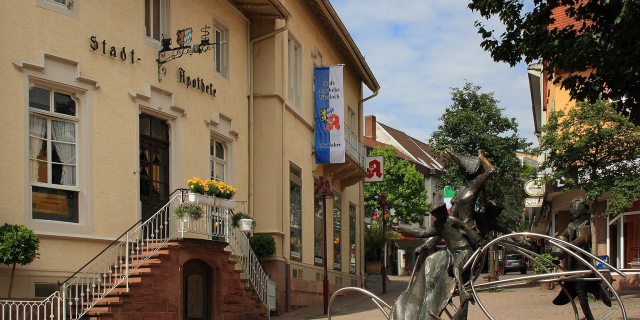



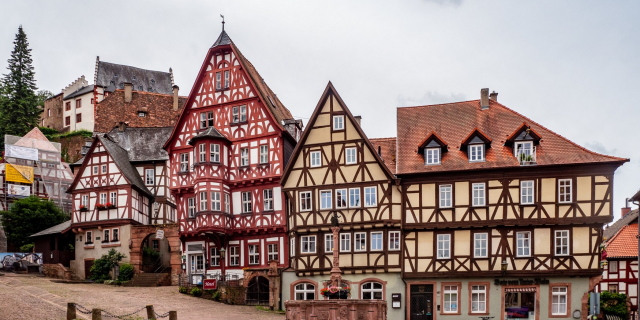

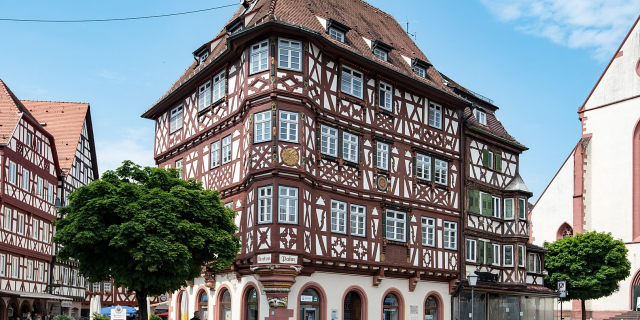





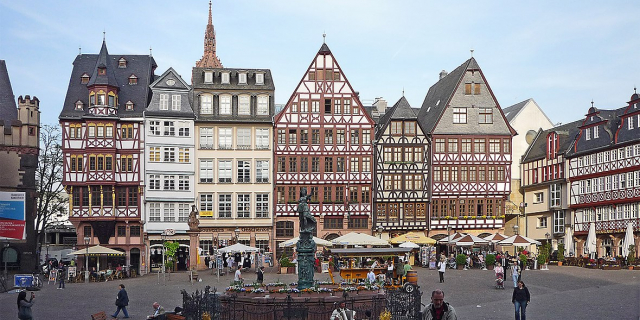

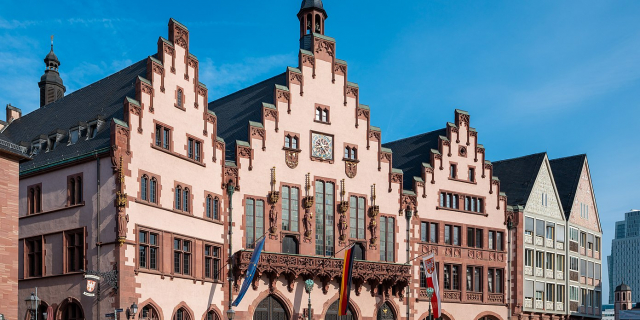
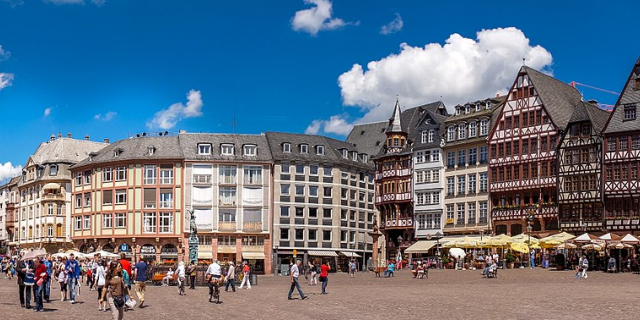



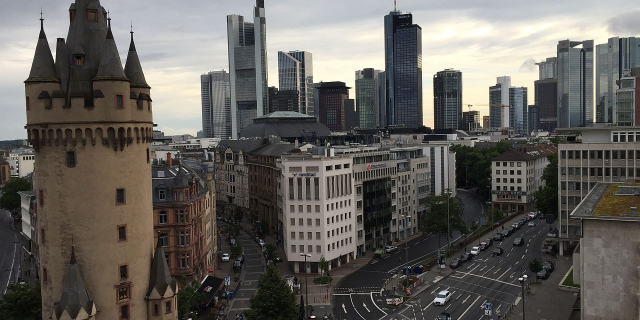


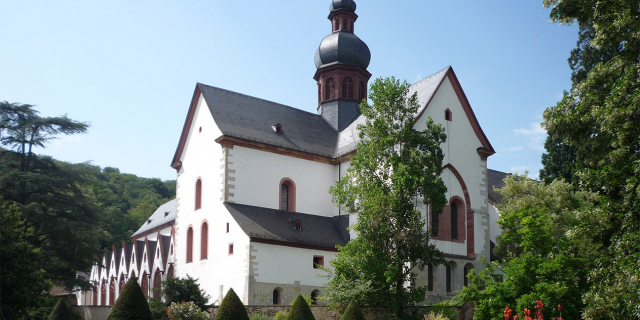



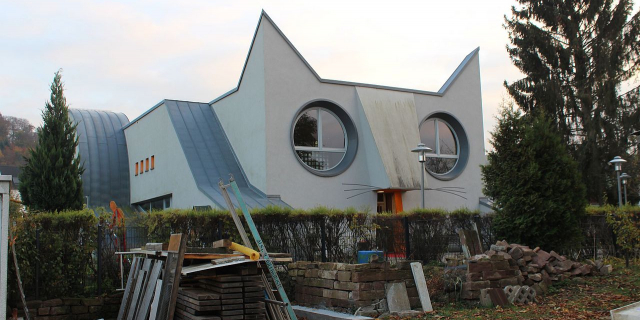


Add new comment